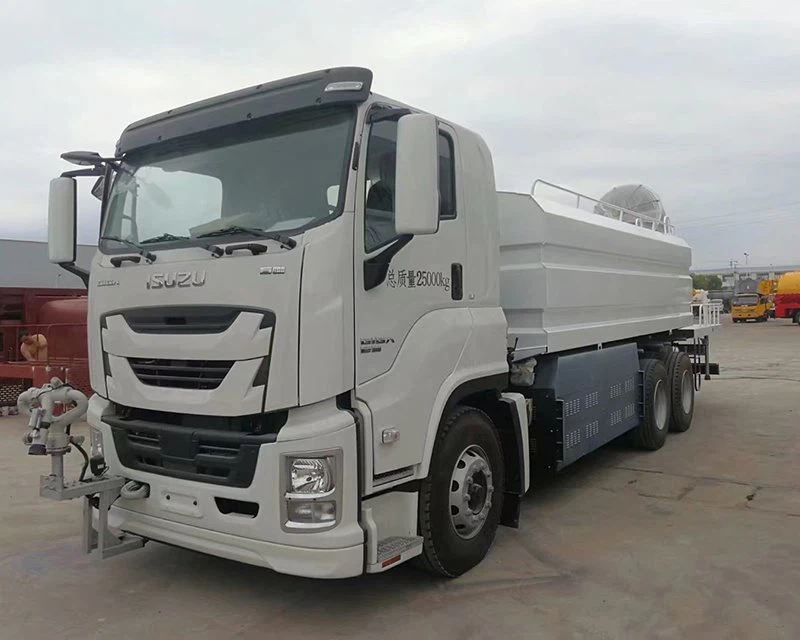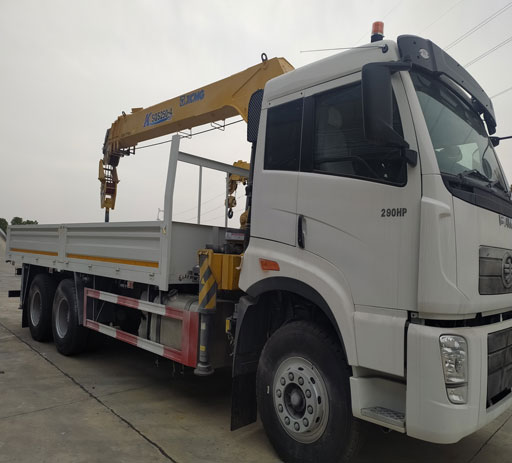Whats a Dump Truck? Everything You Need to Know

Introduction
A dump truck is a vital piece of heavy-duty machinery widely used in construction, mining, and waste management. Unlike regular vehicles, dump trucks are specialized for transporting loose material, making them integral to various projects. In this article, we will delve into the definition, types, components, uses, and much more related to dump trucks.
What Is a Dump Truck?
A dump truck is a truck that is designed to transport bulk materials such as sand, gravel, dirt, and construction debris. One of its defining features is the hinged rear bed that allows for the unloading of contents by tipping it at an angle. This feature makes it efficient for transporting and unloading heavy materials swiftly.
Key Characteristics
- Tipping Mechanism: The rear tipper allows for easy unloading.
- Bed Capacity: Varied capacities ranging from a few tons to upwards of 30 tons.
- Durability: Built to withstand heavy loads and rough conditions.
The History of Dump Trucks
Dump trucks have a fascinating history that dates back to the early 20th century. Initially, they were horse-drawn carts designed to carry bulk materials. The evolution to motorized dump trucks revolutionized construction and mining operations, allowing for unprecedented efficiency.
Types of Dump Trucks
Understanding the different types of dump trucks available is crucial for selecting the right one for your project. Here’s an overview of the different kinds:
1. Standard Dump Truck
Standard dump trucks, often referred to as “tippers,” are the most common type. They feature a simple hydraulic system that raises the bed to dump materials.
2. Articulated Dump Truck
Articulated dump trucks have a pivot point, allowing for better maneuverability and off-road capabilities. They are ideal for rough terrains and larger loads.
3. Transfer Dump Truck
This type involves a standard dump truck that transports aggregate materials in a trailer behind. The trailer can be tipped, making it highly efficient for unloading.
4. Side Dump Truck
Side dump trucks can unload materials from either side. These trucks are advantageous in situations where space is limited.
5. Super Dump Truck
Super dump trucks are equipped with an extra axle to carry heavier loads legally. They are particularly useful for transporting large amounts of material.
Components of a Dump Truck
The efficiency of a dump truck comes from its various components working together. Understanding these parts can help in operating and maintaining the vehicle effectively.
Chassis
The chassis is the truck’s body framework, designed to support heavy loads and house other components.
Bed
The dump bed is designed to tilt to release the cargo. It’s generally made from steel or aluminum for durability and is available in various sizes.
Hydraulic System
The hydraulic system controls the tipping mechanism, using hydraulic cylinders to lift the dump bed.
Engine
A powerful engine is essential for hauling heavy loads. Dump trucks typically use diesel engines for their torque and fuel efficiency.
Tires

Dump truck tires are specialized to handle rough terrains and heavy loads. They are wider and more rugged than standard vehicle tires.
Uses of Dump Trucks
Dump trucks serve a variety of purposes across different industries. Here are some common uses:
Construction
In construction, dump trucks are used to transport materials like gravel, sand, and concrete. They are crucial for site preparation and material delivery.
Mining
Dump trucks are widely used in mining operations to haul away mined materials and debris from excavation sites.
Waste Management
In waste management, dump trucks transport collected refuse to disposal sites, helping to keep urban environments clean.
Landscaping
Landscapers often use dump trucks to deliver soil, mulch, and other landscaping materials to residential or commercial locations.
Working Principles of Dump Trucks
Understanding how dump trucks function can provide insights into their effectiveness and operational efficiency.
Loading and Unloading Process
Loading typically involves a loader machine placing materials into the truck bed. Once filled, the driver can transport the materials to a designated site. To unload, the driver activates the hydraulic system, lifting the dump bed and tipping the contents out.
Hydraulic Mechanics
The hydraulic system is engineered to lift heavy loads. When activated, hydraulic fluid pressurizes, moving the cylinders attached to the dump bed and allowing it to tilt.
Safety Considerations

Operating a dump truck requires adherence to safety protocols to prevent accidents and ensure worker safety.
Pre-Operation Inspection
- Check tire pressure and tread.
- Inspect hydraulic systems for leaks.
- Confirm all lights and signals work properly.
Safe Driving Practices
- Maintain a safe speed, especially on rough terrain.
- Be aware of surroundings and watch for pedestrians.
- Utilize the vehicle’s backup alarms when reversing.
Choosing the Right Dump Truck
When selecting a dump truck, various factors need consideration to ensure it meets your operational requirements effectively.
Project Size
Determine the materials you’ll transport and their volume. Larger projects may require super dump trucks with higher payload capacities.
Type of Terrain
For off-road work, consider an articulated dump truck for better traction and handling.

Regulatory Requirements
Consider legal weight limitations in your area, especially if transporting heavy loads. Ensure your selected dump truck complies with these regulations.
Maintenance Tips
Regular maintenance can extend the lifespan of dump trucks and enhance safety and performance. Here are some key maintenance tips:
Regular Inspections
Conduct regular inspections of the hydraulic system, brakes, and tires to identify and rectify issues early.
Lubrication
Keep all moving parts well-lubricated to prevent excessive wear and reduce operational noise.
Oil Changes
Follow the manufacturer’s guidelines concerning oil changes to ensure the engine runs smoothly and efficiently.
FAQ Section
1. What is the maximum load capacity of a dump truck?
The maximum load capacity varies, but standard dump trucks can carry between 10 to 14 tons, while super dump trucks can handle up to 26 tons.
2. How do dump trucks work?
Dump trucks work using a hydraulic system that lifts the bed to an angle, allowing the materials inside to fall out easily at the delivery site.
3. What are the different sizes of dump trucks?
Dump trucks come in various sizes, including mini, standard, and super dump trucks, designed to meet different hauling needs.
4. Are dump trucks easy to drive?
While they’re not as complex as some vehicles, driving a dump truck requires training due to its size and handling characteristics, particularly in off-road conditions.
5. What factors should I consider when renting a dump truck?
Consider the load capacity, type of terrain you’ll be navigating, and your project’s specific material hauling needs.
6. Can I use a standard dump truck for off-road work?
While some standard dump trucks can handle light off-road tasks, an articulated dump truck is recommended for challenging terrains due to its design.
